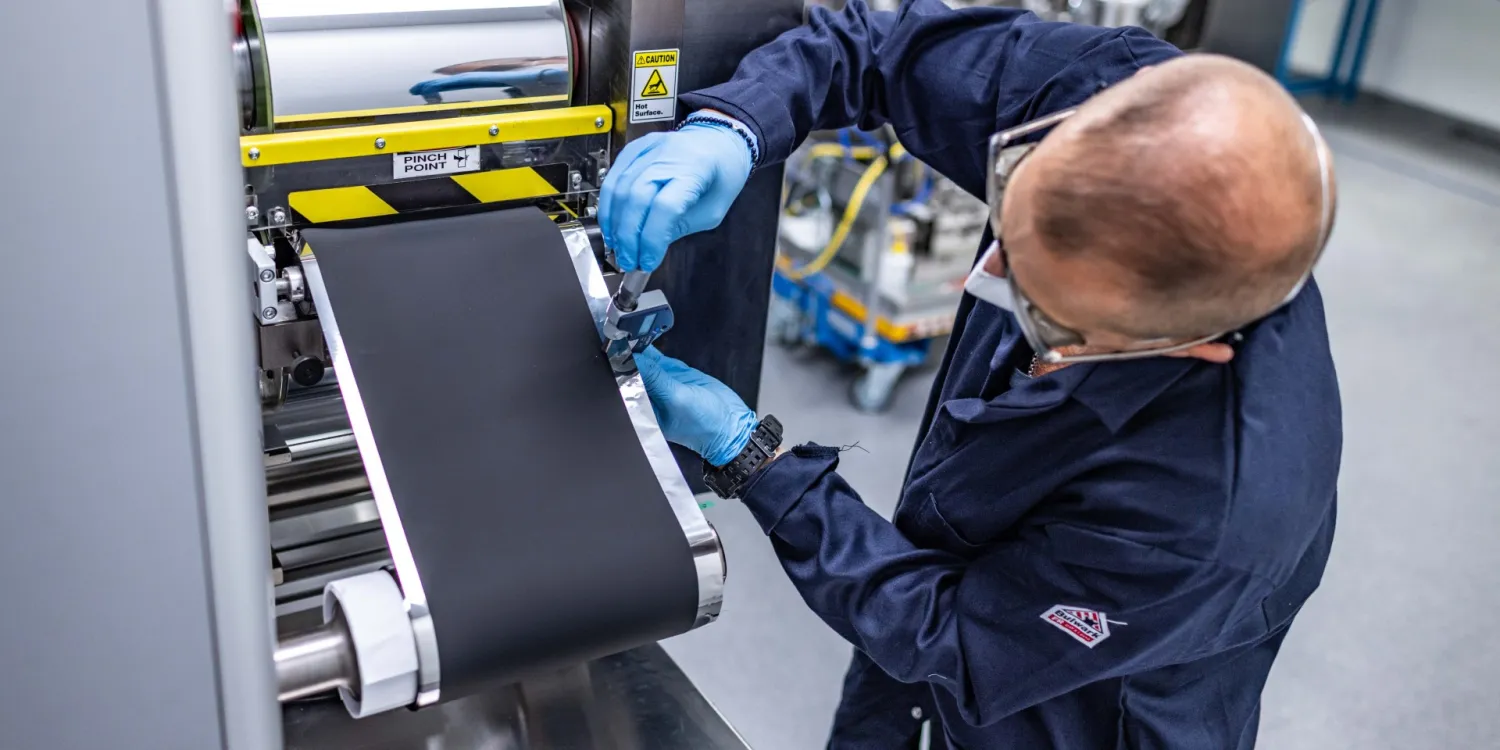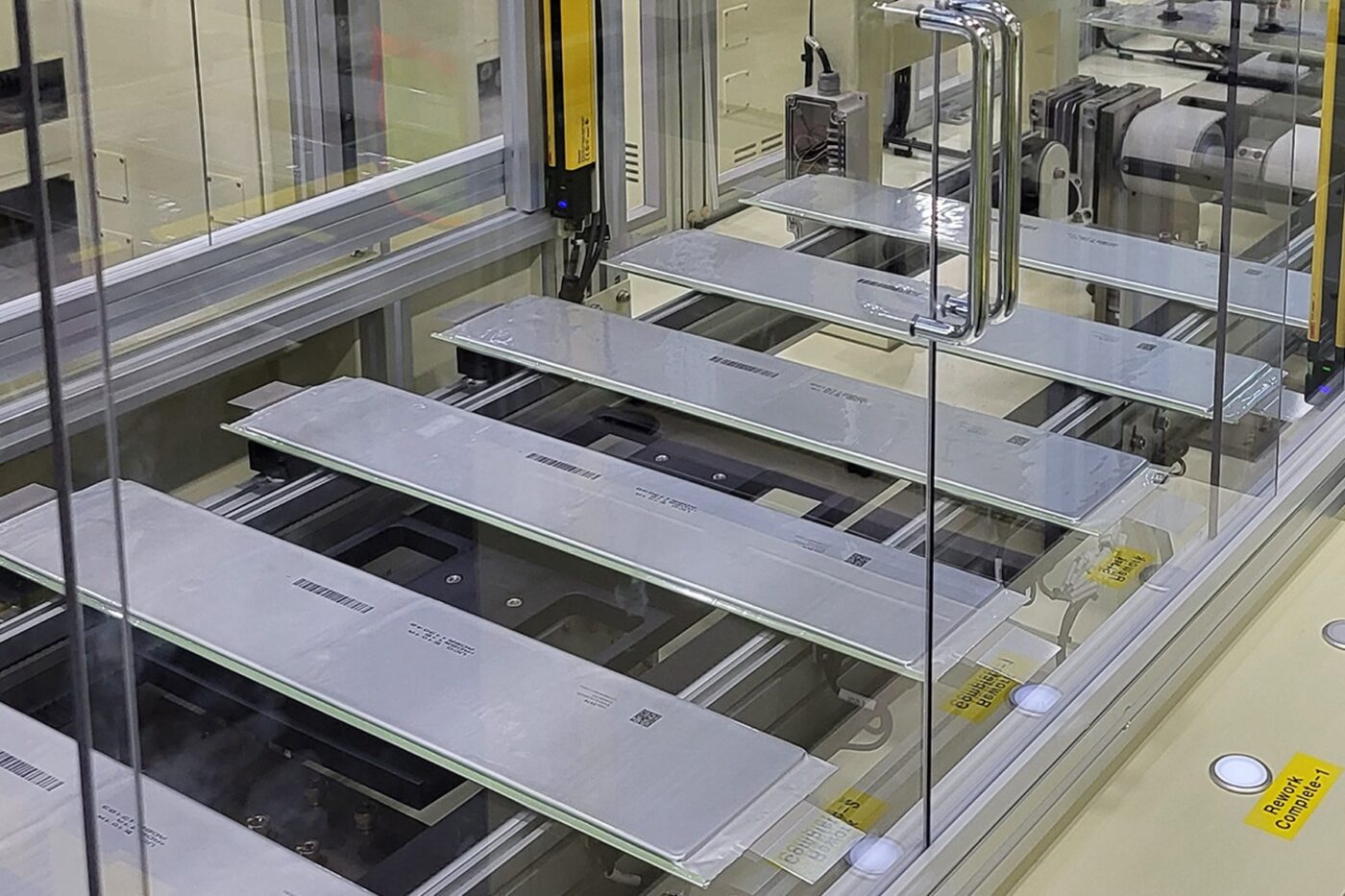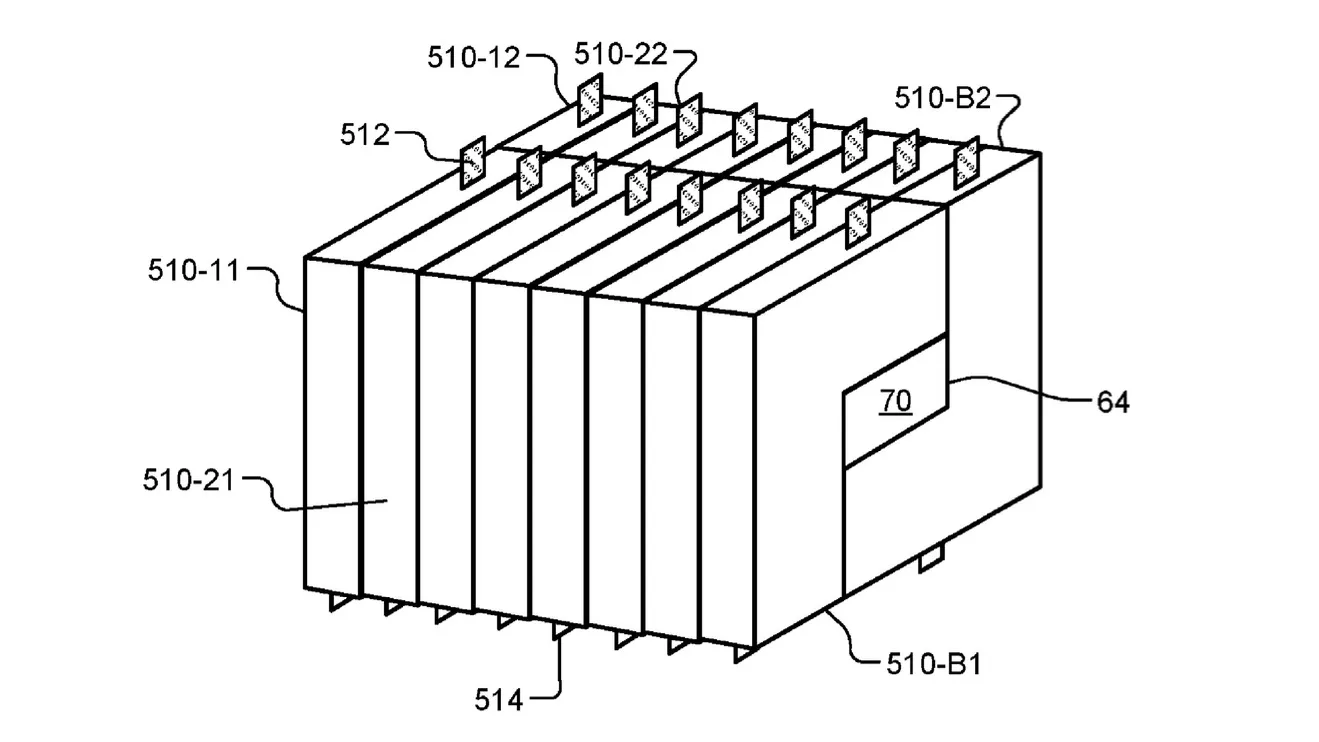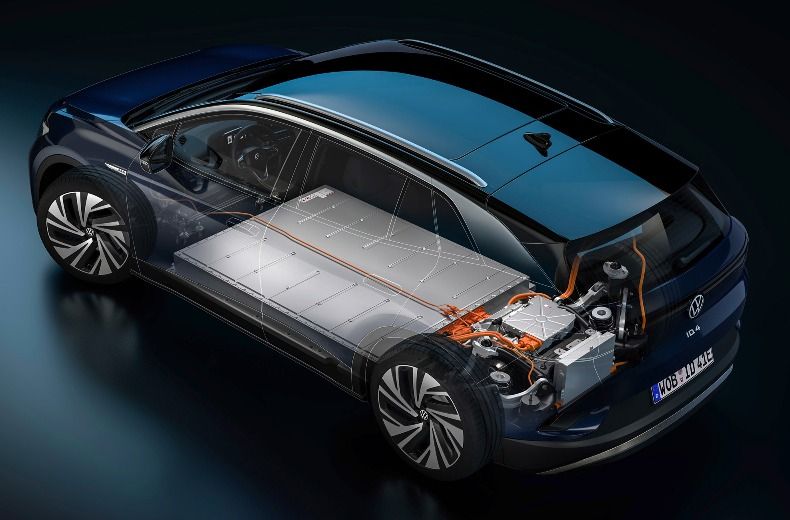
Boston-based Alsym Energy, which is developing a nonflammable rechargeable battery that’s cobalt and lithium-free, has announced a $78 million funding round.
Tata Limited (a wholly owned subsidiary of Tata Sons) and General Catalyst, a global venture capital firm, jointly led the funding round.
Alsym Energy, which was founded in April 2015, has developed a non-flammable, high-performance rechargeable battery chemistry that’s lithium- and cobalt-free. It can be used for a range of stationary storage use cases, including utility grids, home storage, microgrids, industrial applications, and more. The company explains what differentiates its battery technology on its website:
While Alsym and lithium-ion cells may look similar, we take advantage of inherently non-flammable and non-toxic materials, and our electrolyte is water-based. Alsym cells are also inherently dendrite-free and immune to conditions that could lead to thermal runaway.
The company’s first battery storage product is called Alsym Green, and it says it’s the “only high-performance, non-flammable option suitable for stationary and grid storage in situations where the risk of fire increases as the mercury rises.”
Alsym says its batteries can be used for any discharge duration from 4 to 110 hours and can recharge in as few as four hours. It asserts that Alysm Green has a low levelized cost of storage and the ability to support a wide, software-configurable range of discharge durations.
Dr. Kripa Varanasi, cofounder of Alsym Energy and professor of mechanical engineering at MIT, said:
Battery storage systems can help provide firm capacity to the grid when the sun is not shining and wind is not blowing, but changing climates and hazardous environments demand flexible solutions that can meet a range of needs safely and economically.
Alsym batteries are ideally suited to both temperate and warming climates, as well as infrastructure and industrial applications including datacenters, steel mills, and chemical plants.
Alsym Energy will use the funds to grow its Boston-based team and expand its prototyping and pilot lines.
The company is planning to develop future products for marine applications and EVs including two-wheelers, three-wheelers, and passenger vehicles.





